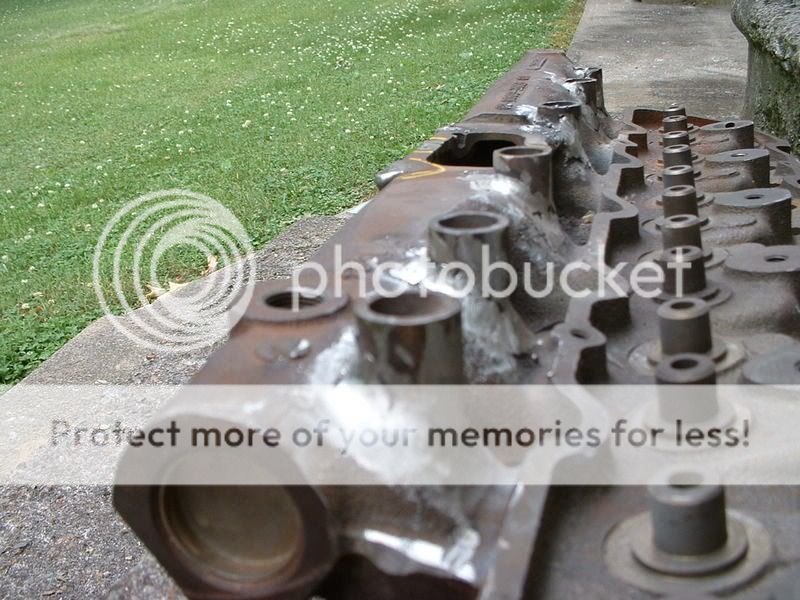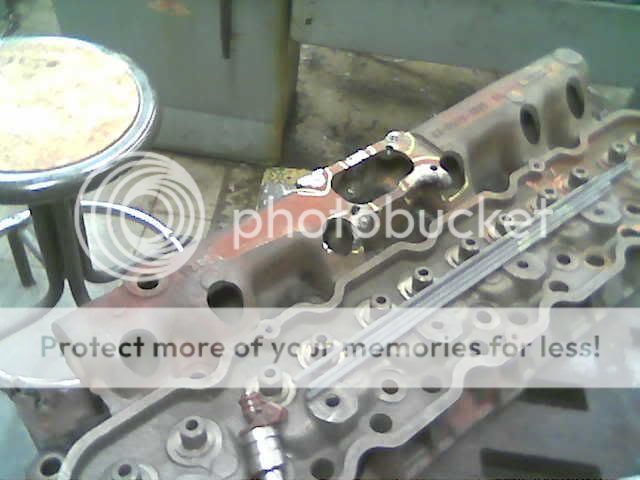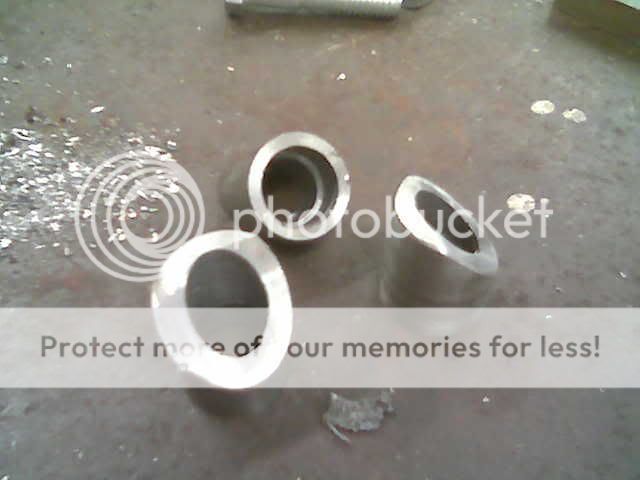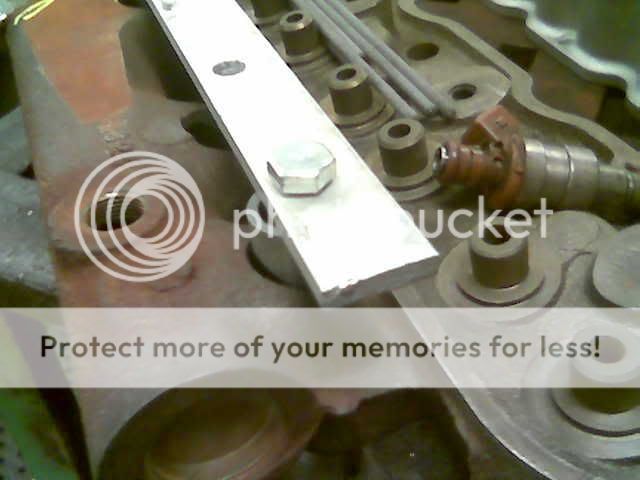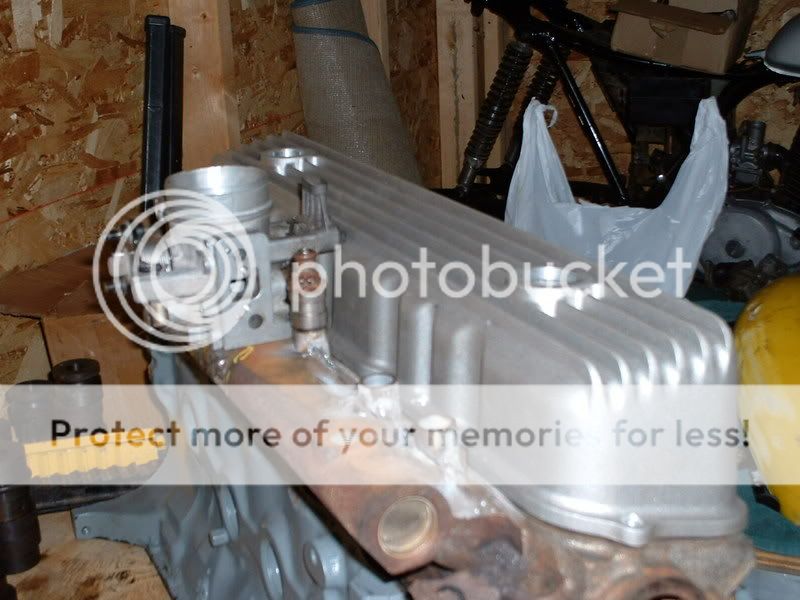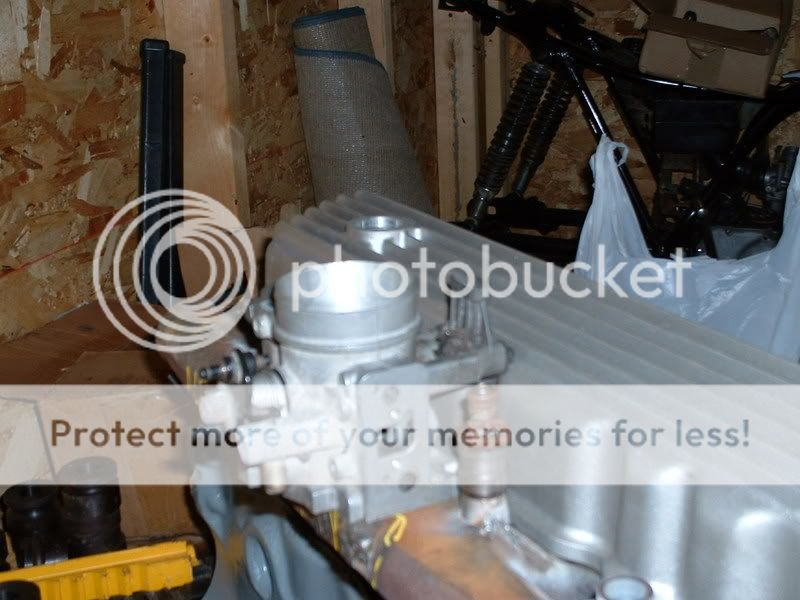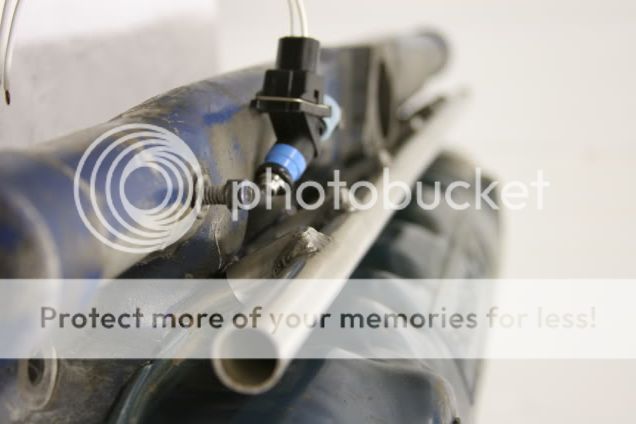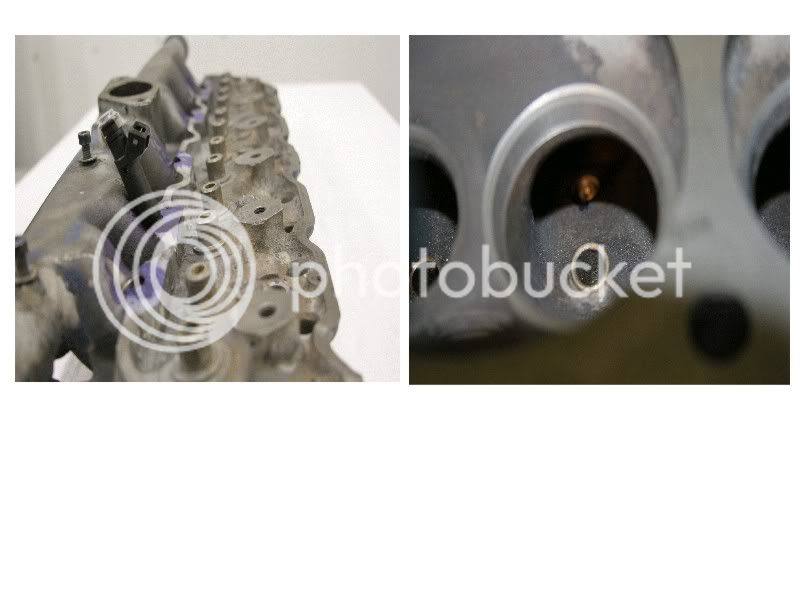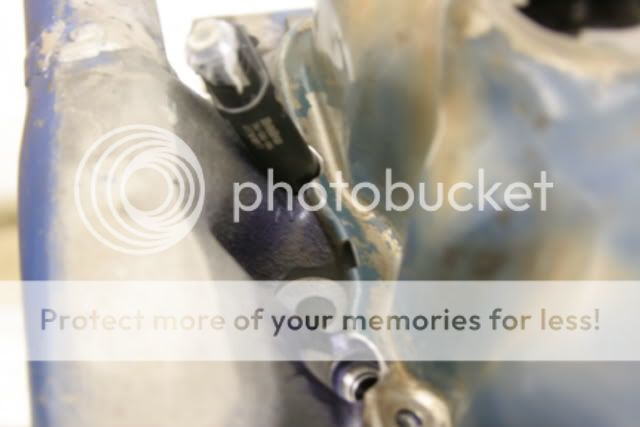Ford did the brain elimination Trust process in 1984. They used NASA and Patriot Missle guys and some Telco gurus, The first frontal lobomy was TFi. Second (Same year), Ford Australia used a non feedback, non O2 sensor EECIV in the 4.1 EFi Falcon in Australia. So did Holden in 1985 with its 3.3 Electronic Injection Commodore engine. The Vane Air Meter, aka Bosch LEII Jetronic, eliminated the O2 sensor. Back in 1972, the Bosch D jetronic Volvos, VW's and some 280e Benzes experiemented with purely MAP sensor driven computers. So you can step back with less electronics, but you don't have any fall back if its a puelly Druck Sucker
Injection was really West German run thing. Toyota, Nissan, GM, Ford and Lucas, along with Kugefisher, copied the ideas. Lucas may have inveted slide injection, but the Germans made it work. Then the USA productionised it so it was reliable. The Japanese also did its share.
The evolution of it was a case of first going overboard with pure electronics like Bendix did in 1957, and then the systems slowly developed to be servicable. We all want to make it simple, but sometimes, you've got to find other ways to manage your
Cr@p.The barn-door Air Fuel Meter can work fine to eliminate the 02. So can a 3 bar GM MAP sensor.
The Germans did that develoment work, Robert L Bosch made injection work, and then Ford and GM made it work economically. The French also did a huge amount of work via Matra and Renniex, but the development is basically this
D-Jetronic (1967–1979) <--- Nasty to work on, but very simple, pure electronics via sensors. Bank fire, not sequential
K-Jetronic (1973–1994) <--- Nasty to work on, but very mechanical. CIS = Continous Injection, not sequential . Ford used this for many years on the European 2.8 V6
L-Jetronic (1974–1989) <--- Easier to work on, complicated electronics but without a feedback O2 sensor on early non US versions. Some were bank fire, some had the barn-door AFM, others were feedback, and still others became sequential like Fords EECIV 5.0 Mustang. Some Fords stayed bank fire like the Bosch L. It wasn't untill the 1988 Porsche 928 S4, that the L got a sequential facilty (The ML.3 or L Motronic was it)
Bosch D stood for Druck, or Suction I think in German. K stands for Kontinuierlich, or “continuous” in German. L stood for Luft, or Air.First they overkilled it with sensors, D system. That fell over, so they went back to a K system, then they got smart, and upgraded to a L system which has pretty much stayed the same).
A TFi distributor is a Durasaprk III distributor without a crank trigger. It does two things. Crank trigger, and sequencer for EFi.
A DSIII is a Durasaprk II with an external program for igntion advance. That's what a TFi is as well.
TFi was Fords way of eliminating two parts, the crank trigger all EECIII 5.0 CFi's had, and the sequencer nearly all other Sequential Port EFi engines had.
MS2 runs off TFi logic, or EDIS6 logic, depending on what you buy.
Buying less stuff means less hassle if the electronic codes are already there to operate it.
There are many roads to Rome. In essance, you cannot have authority over systems unless you rule all sides of the supply, so deciding not to control an espect of an Electronic Port EFi engine means you have to use something more mechanical, or decide not to have a limp home facility.
For me, the O2 sensor is a kill joy, but you can do without it if you USE A Vane Air Meter or AirFlow Meter, but both are mechanical, and restrictions.
Injector bungs, man, you could use brass unions if you could enusre they weren't gonna gall. For an irn bung to be leak free, you just need to weld it, but all this crud about heating and welding in the bungs. You could just follow drag-2000stangs method, and drill the bigger size.
WHOLE RAFT OF WAYS TO DO IT EASY.
Just do it. In this case, Nick did all the hard thinking work when he was 20 years old, and now he's 32....

My simple solution is to do it Nicks way, and copy the MAP sensor from MegaSquirt. You then have to eliminate Wasted Spark from your mind, and forget about fully sequential injection, and just time it like the 1984 and 1985 Australian EFI 4.1 Falcon and 3.3 Holden. These two systems were just like the EECIV Mustang 2.3 Turbo Injection and Ford EXP Turbo....they had Vane Air flow Meters. The work around is to use TFi ignition, and change the code to run open loop all the time. Closed loop rquires a wide band O2 sensor.
MS2E allows you to loop out the feedback loop from the Wide Band O2 sensor, but you still might need to have it to work.

